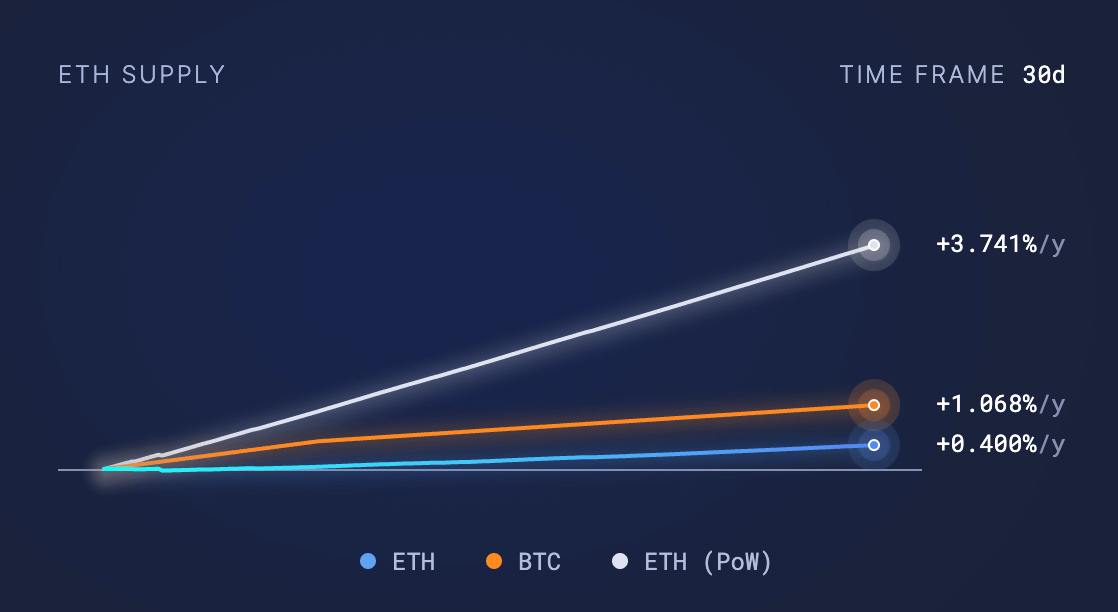Blockchain developer warns of centralization risks as crypto AI race intensifies
For many blockchain builders, the announcement of a $7.5 billion token merger uniting the fetch.ai (FET), AGIX, and Ocean Protocol (OCEAN) communities into the Artificial Superintelligence Alliance (ASI) has been a hallmark of the increased interconnectedness between crypto and AI.
While some lauded the merger as a milestone for decreasing friction and improving synergies, others have warned of the dangers of centralization. One expert Cointelegraph spoke to, Julian Peh, CEO of Web3 AI base layer Kip Protocol, warned that we have seen clear "monopolies forming" in AI just in the past two years.
"A few companies like OpenAI training their giant models on all of our collective data and knowledge, and also completely capturing the regulatory process," said Peh, continuing: "We will own nothing in the AI powered future should this trend continue. We are all presently victims of a great knowledge heist, and in future will be relegated to being mere consumers of AI with no economic participation rights. This is ironic, as the aforesaid giant models are trained on our data in the first place."
"Everybody needs to get back their ownership rights if we are to have a voice in the AI-powered future," Pei added, explaining that he first started Kip as a means of building decentralized AI (deAI) infrastructure tools for blockchain developers:
"To build an AI product ready for users, you need to link an AI Model with an AI app, like a chatbot that transmits instructions from an end user to the model. Depending on the nature of the product, an external dataset can also be integrated into the set up. So it’s an AI model linked to an AI app, augmented by a dataset."
For Peh and his staff at Kip, a fair and competitive AI ecosystem means that models, apps, and data sets are often not owned and developed by the same people or entities. Nevertheless, there should be a platform where each individual developer can share data and assemble their components.
CT: What mechanisms are in place within the KIP Protocol to facilitate the automated sharing of revenues among app developers, model trainers, and data producers?
Julian Peh (JP): Whenever an AI developer wants to deploy an AI asset - whether a model, an app, or a dataset - on-chain, they set their price-per-query during deployment, and it is recorded in the token metadata. Whenever a user wants to interact with an app, and - via that app - the model and/or dataset to which it is connected, they pay the total price-per-query of all three. Thus, if the app is charging 0.1 KIP token per query, the model is charging 0.2 KIP, and the dataset is 0.3 KIP, the total price paid by the user will be 0.6 KIP per query. This is then automatically shared with each contributor by the KIP Protocol contracts.
JP: This method lets everyone set their own price but also gives market forces free rein. So, for example, if you charge 10 KIP per query for access to your dataset, you might find customers as long as your data is really rare and high-quality. However, if someone else comes in with a better dataset for just 5 KIP, then you will probably have to revise your prices if you want to compete.
Similarly, in a statement to Cointelegraph, Humayun Sheikh, chairman of the Artificial Superintelligence Alliance and CEO of Fetch.ai, said that the $7.5 billion protocol was, too, revenue-ready. "In the near term, we anticipate generating revenue as we launch the agentic network for deployment. In the short term, we’ll focus on deploying numerous commercial products that breathe life into AI applications," he stated.
Related: What is black-box AI, and how does it work?




